XR BENEFITS
Increased engagement, knowledge retention, and skills transfer
Employer Training Dilemma
“Despite spending an average of $1300 per employee annually on training, research proves that learners forget 70% of the content within 24 hours and nearly 90% in a month.” (Accenture)
Further, 51% of Gen Z employees learn best through hands-on learning experiences, while only 12% learn by listening.
So how do companies deliver cost-effective training to future-proof their workforce, while managing the complexity of remote staff? Enter XR immersive learning.
Accenture states, “given the broad range of employee-training applications, XR technology will be critical to the enterprise of the future. Industries with high-risk working environments, such as energy, manufacturing or construction, are already reaping the benefits of immersive learning. Now, other industries are exploring the space.”
Mirrors real-life situations
by providing environments that closely mimic real-life situations (and variances), employees can reach greater levels of expertise in less time.
Reduced operating expenses
organizations can reduce travel and expense costs for training, and even virtualize the trainers inside the VR software to reduce headcount costs (and allow internal SMEs to focus on higher value tasks). Companies also save by not rotating training equipment in and out of production use, creating downtime.

Increased Engagement
the combination of immersive learning and optional gamification can make learning fun. When trainees are engaged, retention increases.
End of distance
employees can tap into real-time skills training regardless of geographic location and improve remote collaboration.
Reduced employee stress
allow employees to self-pace their learning to reduce anxiety and stress associated with having to absorb large amounts of information at one time.
Safe environment for mistakes
trainees can make mistakes in a safe, non-judgmental environment that improves inclusion and reduces accident costs.
Better analytics
potential to capture richer data such as eye tracking, motion tracking, and heat maps

